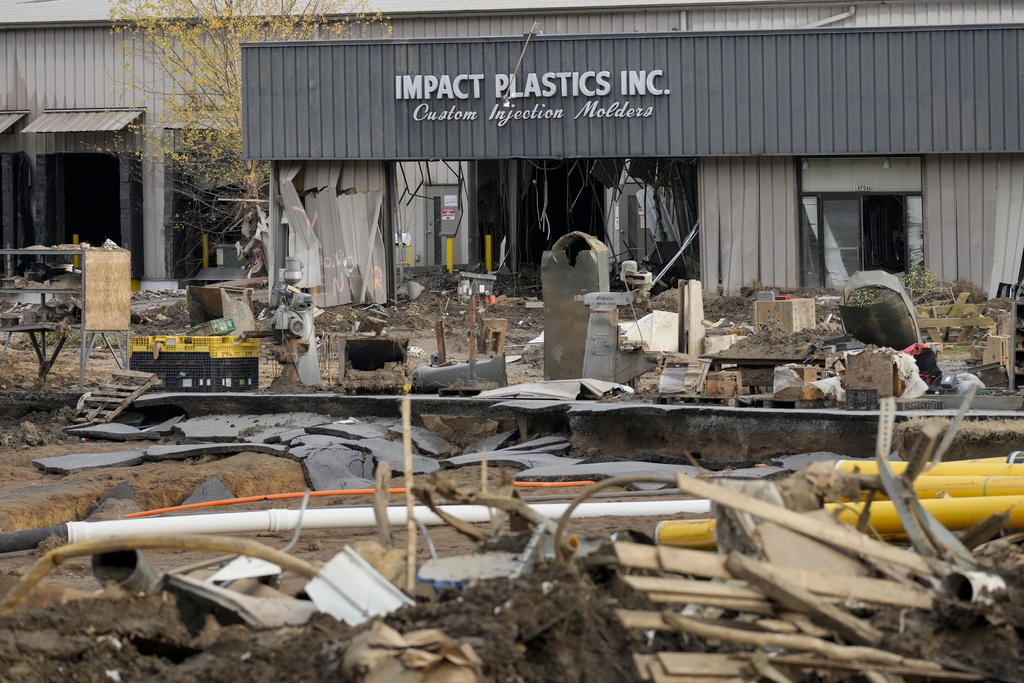This post is part of a series sponsored by Cotality.
Most households can absorb a modest two-to-three-percent premium bump, yet even small increases strain lower-income policyholders in some regions. What reliably triggers consumer outrage is the sudden double-digit jump that can follow an exceptional hail year or wildfire season. Every abrupt premium jump erodes trust and can invite questions from regulators and rating agencies alike.
Why does rate shock persist? Because pricing too often reacts to yesterday’s losses instead of tomorrow’s risks. When premium changes come only after a costly season, customers feel blindsided and loyalty fades. The fix is to move from reaction to foresight: using forward-looking climate analytics, clear customer communication, and gradual, predictable adjustments. With scenario-based models, parcel-level exposure data, and user-friendly dashboards, insurers can spot hazard drift years in advance, phase in modest increases, and easily explain the rationale to policyholders. The outcome is steadier pricing, higher retention, and smoother regulatory conversations.
A Forward-Looking Alternative
Pricing tomorrow’s risk today is the antidote. Catastrophe models that take into account climate risk can simulate how Average Annual Loss (AAL) could move under warmer scenarios long before the costs hit the ledger. With that foresight, actuaries can schedule smaller annual adjustments instead of painful corrections that arrive all at once, reducing the impact on household finances and improving customer sentiment.
Imagine a regional carrier concentrated in Illinois and Ohio. Scenario modeling under a moderate warming pathway projects state-level SCS AALs rising four percent and three percent by 2030 and roughly eleven percent by 2050. Folding those trends into the rating engine now lets the carrier spread the extra cost across several renewals, capping any single-year increase at a level customers can budget.
The Benefits of Being Proactive
Smoothed rate planning does more than protect retention metrics. Predictable premiums stabilize capital forecasts, cut refiling costs and demonstrate responsible stewardship to regulators. Policyholders gain time to budget for modest increases or complete resilience projects, preserving household solvency.
Extreme-weather volatility is here to stay, yet premium volatility remains a choice. Insurers that embrace forward-looking climate analytics now can replace rate shock with steady, transparent pricing and in doing so fulfill the promise of insurance: long-term peace of mind for both company and customer.
Choosing the Right Climate-Modeling Toolkit
Translating climate science into workable pricing assumptions demands more than a high-level risk score. Any platform you consider should satisfy four practical criteria.
First, it needs robust scenario depth: coverage of several Shared Socioeconomic Pathways (SSPs), multiple decadal horizons, and a full suite of perils so actuaries can trace loss cost under different warming scenarios.
Second, it must deliver parcel-level granularity that links directly to building characteristics and replacement-cost data; without that connection you cannot isolate the pockets of exposure driving the largest swings.
Third, the engine should be transparent and updatable: versioned event sets, clear methodology documentation, and a cadence of scientific refreshes that make regulatory discussions more straightforward.
Finally, demand seamless workflow integration: API endpoints or flat-file delivery that slot into existing ratemaking and portfolio platforms without a costly rebuild.
Where Cotality™ Climate Risk Analytics™ Fits In
Climate Risk Analytics™ (CRA™) is one example that checks those boxes. Built on IPCC AR6 climate models and dynamically downscaled for street-level precision, CRA simulates 300,000 stochastic years across seven property perils, including hurricane wind, storm surge, inland flood, wildfire, winter storm, and severe convective storm. It quantifies parcel-specific Average Annual Loss and multiple Probable Maximum Loss return periods under four warming pathways (SSP1-2.6, SSP2-4.5, SSP3-7.0, SSP5-8.5) and current state and three future time frames (2030, 2040, 2050). Each record is anchored to CLIP™, Cotality’s unique property identifier, so users can merge climate insight with reconstruction cost values, roof condition, first-floor height, and other critical underwriting data in a single row.
With CRA, carriers can integrate through Cotality API Data Solutions to stream scores and loss deltas, push entire portfolios into the no-code Discovery interface for what-if stress tests, drop flat files straight into traditional ratemaking workflows, or a variety of other Cotality platforms and industry-leading data science environments. Each model release is versioned and documented, enabling actuarial teams to show auditors exactly which event set supports a given filing. The result: forward-looking hazard intelligence feeds directly into premium calculations, reinsurance layer design, and capital planning with minimal IT lift.
CRA directly addresses the strategic imperative at hand. Bring tomorrow’s hazard signal into today’s pricing cycle so policyholders experience an orderly slope of change instead of a disruptive premium shock, and so the promise of insurance, long-term financial peace of mind, survives the age of climate volatility.
To learn more about Climate Risk Analytics™, click here.
© 2025 Cotality. All rights reserved. While all of the content and information is believed to be accurate, the content and information is provided by Cotality “as is” with no guarantee, representation, or warranty, express or implied, of any kind including but not limited to as to the merchantability, non-infringement of intellectual property rights, completeness, accuracy, applicability, or fitness, in connection with the content or information and Cotality assumes no responsibility or liability whatsoever for the content or information or any reliance thereon. Cotality™, the Cotality logo, Intelligence beyond bounds™, Climate Risk Analytics™, and CRS™ are the trademarks of CoreLogic, Inc. d/b/a Cotality or its affiliates or subsidiaries.
Topics
Climate Change



